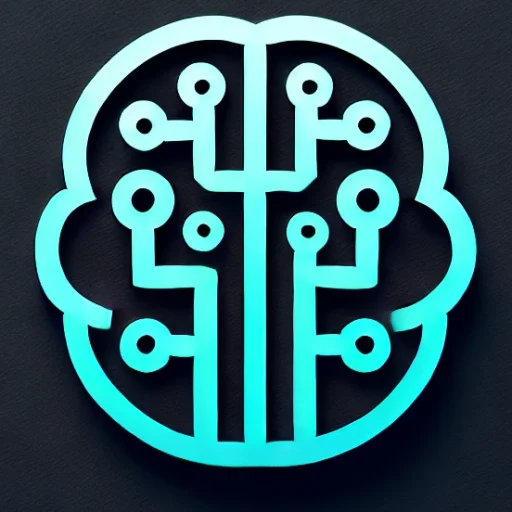
Introduction
In the ever-evolving world of artificial intelligence, generative AI is emerging as a transformative force, reshaping the boundaries of creativity and innovation. With its ability to produce content ranging from art and music to text and complex algorithms, generative AI is not only enhancing workflows across various industries but also redefining the essence of human creativity. In this blog post, we delve into the latest developments in generative AI, explore its real-world applications, assess the challenges it poses, and predict its future trajectory.
Key Insights & Latest Advancements
Generative AI, primarily driven by advancements in deep learning algorithms and neural networks, has significantly advanced in recent years. One landmark development is the advent of large language models like OpenAI’s GPT-4, which can generate human-like text, engage in coherent conversations, and even code. Another domain witnessing breakthroughs is visual AI, with models like DALL-E and Midjourney producing intricate and stunning artwork from textual descriptions. These technologies have been continually refined, producing content that rivals human-made work in creativity and technical detail.
Real-World Applications
The potential applications of generative AI are vast and varied. In the entertainment industry, filmmakers and game developers use generative models to create realistic characters and immersive worlds. In fashion, AI-generated designs are pushing the boundaries of conventional styling. In the business sector, generative AI is optimizing product design, streamlining content creation, and enhancing customer interactions through automated agents. Moreover, in education and research, AI is assisting in the development of new hypotheses and educational content, democratizing access to learning resources.
Challenges & Future Outlook
Despite its impressive capabilities, generative AI comes with its set of challenges. One significant concern is the ethical implications, particularly around issues of copyright and intellectual property. As AI-generated content becomes indistinguishable from that created by humans, questions about authorship and ownership arise, necessitating a reevaluation of existing legal frameworks. Additionally, there’s the risk of AI-generated content being used for malicious purposes, such as deepfakes and misinformation.
Looking ahead, the future of generative AI promises even more integration into daily life and industry. However, its growth will likely be accompanied by increased scrutiny and regulation aimed at ensuring responsible development and use. Efforts to improve transparency, fairness, and accountability in AI systems will be crucial in shaping its societal impact.
Conclusion
In conclusion, generative AI stands at the forefront of a technological revolution, poised to redefine creativity and transform industries. While its potential to enhance human productivity and creativity is vast, navigating the ethical and societal challenges it presents will be crucial in harnessing its full potential. As we continue to witness rapid advancements, the key takeaway is clear: generative AI is not just an innovation but a catalyst for the next wave of creative evolution. By embracing these technologies responsibly, we can unlock unprecedented opportunities for growth and expression.

